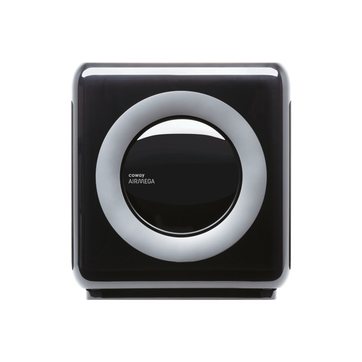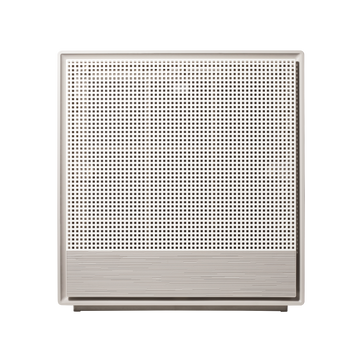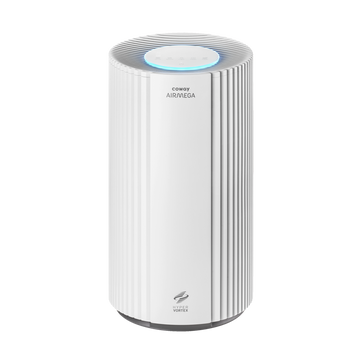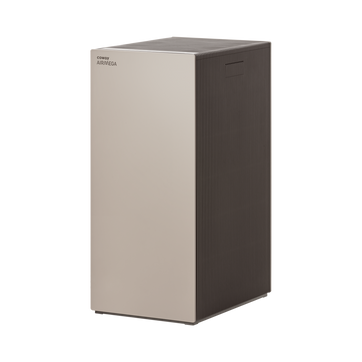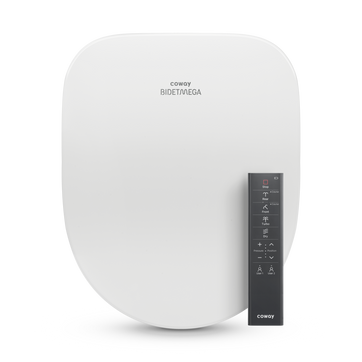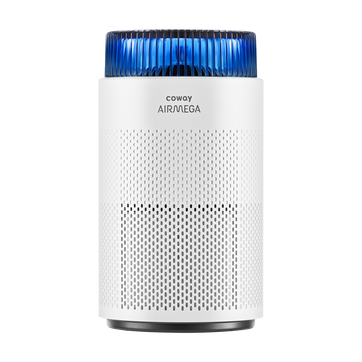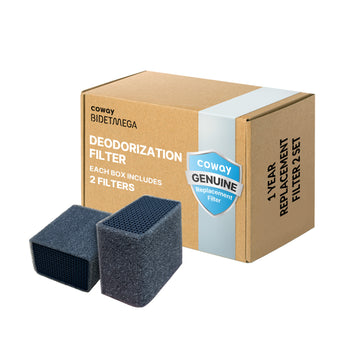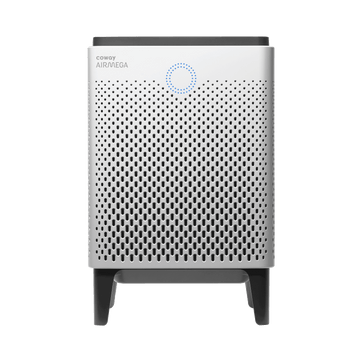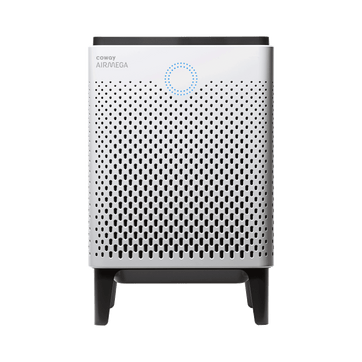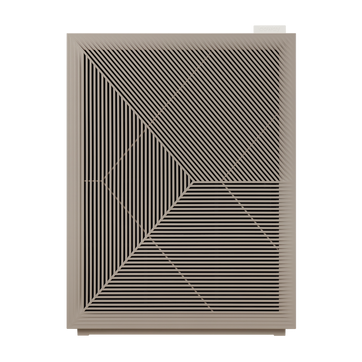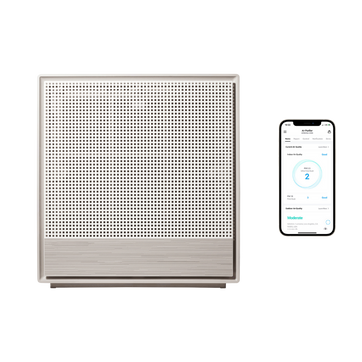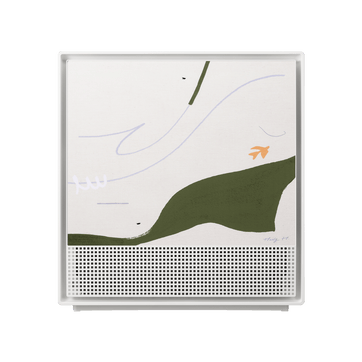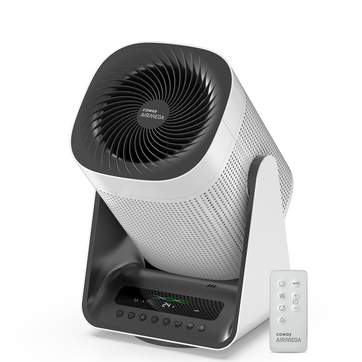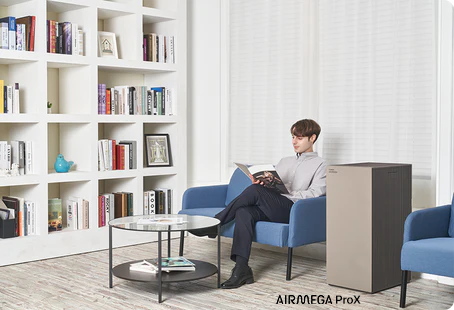
Wildfire Smoke Headaches? Here's What You Need to Know
If you've ever experienced a splitting headache during wildfire season, you're not alone. A University of Pennsylvania study published in January 2023 found that poor air quality caused by wildfires is likely to increase the odds of getting a headache. As wildfires become more frequent and intense across the United States, understanding the connection between smoke exposure and headaches (and more importantly, how to protect yourself) has never been more critical.
The reality is that wildfire smoke doesn't just affect those living near active fires. Wildfire smoke can reach far away from where fires burn. With smoke capable of traveling hundreds of miles, even urban areas far from forest fires can experience hazardous air quality levels that trigger headaches and other health symptoms.
Here's what you need to know about wildfire smoke headaches and how to safeguard your health when smoke fills the air.
The Science Behind Smoke-Induced Headaches
Wildfire smoke is a complex cocktail of harmful particles and gases that can wreak havoc on your body. Wildfire smoke consists of countless tiny particles, each one a different size and made up of a different mix of partially burned solids and liquids.
The primary culprit behind smoke headaches is PM2.5, fine particulate matter measuring 2.5 micrometers or smaller. To put that in perspective, PM2.5 poses a greater health risk than PM10 because the particles are so small (30 times smaller than the diameter of a human hair) and can get deep into the lungs and bloodstream. Once these microscopic particles enter your bloodstream, they can trigger inflammation throughout your body, including the blood vessels in your brain, leading to those pounding headaches.
But PM2.5 isn't the only problem. One of the most dangerous chemicals in wildfire smoke is carbon monoxide (CO). It is colourless and odourless, making it particularly insidious. Inhaling CO can cause headaches, dizziness, and confusion. The smoke also contains other headache-triggering compounds, including aldehydes, acid gases, sulfur dioxide, and nitrogen oxides, each contributing to the inflammatory response that manifests as head pain.
Who's Most at Risk?
Although air pollution is not good for anyone, certain groups are more sensitive to it than others, including:
- Those with heart or lung disease
- Older adults
- Infants and children
- Pregnant women
The Full Health Impact
Headaches are often just the tip of the iceberg when it comes to wildfire smoke exposure. For many people, the symptoms of inhaling particulate matter are similar to what someone with allergies experiences: stinging eyes, scratchy throat, runny nose, coughing, sinus irritation, wheezing, and shortness of breath. Exposure to wildfire smoke can even cause fatigue due to the high levels of particulate matter, which can affect the respiratory system and the body's oxygen supply.
What makes wildfire smoke particularly concerning is emerging evidence suggesting it may be more harmful than regular air pollution. Recent toxicological studies suggest that wildfire particulate matter may be more toxic than equal doses of ambient PM2.5. This increased toxicity means that even short-term exposure during smoke events can have significant health impacts.
The Indoor Air Quality Challenge
Many people assume that staying indoors provides complete protection from wildfire smoke, but the reality is more complex. Because of their small size, particles can easily penetrate homes and buildings, increasing indoor particle concentrations. In fact, the air we breathe, both indoors and outdoors, always contains particulate pollution.
Your Defense Against Smoke Headaches
When wildfire smoke threatens your air quality, taking proactive steps can significantly reduce your exposure and minimize headaches.
1. Create a Clean Air Sanctuary
The first line of defense is establishing a clean room in your home. Choose a room where you spend significant time, ideally your bedroom, since you'll be there for extended periods. Seal windows and keep doors closed as much as possible. This simple step can dramatically reduce the amount of smoke particles entering your space.
2. Invest in Proper Air Filtration
While staying indoors helps, it's not enough on its own. Look for air purifiers with multiple filtration stages that can handle both particles and the gases found in wildfire smoke.
Coway's custom filters for Airmega purifiers feature enhanced activated carbon layers that more effectively target smoke odors and gases than standard filters. This targeted approach can provide better protection during wildfire events, as these filters are specifically engineered to handle the unique mix of particles and harmful VOCs found in smoke.
3. Monitor Air Quality Actively
Knowledge is power when it comes to protecting your health. The health effects of particle pollution exposure can range from relatively minor (e.g., eye and respiratory tract irritation) to more serious health effects (e.g., exacerbation of asthma and heart failure, and premature death). Use air quality monitoring apps and websites to track PM2.5 levels in your area, and adjust your activities accordingly.
4. Use Proper Protection When Outdoors
When you must go outside during smoke events, the best type of mask to wear for protection against wildfire smoke is a well-fitted N95 or P100 respirator with two straps around your head. These masks can filter out the fine particles that cause headaches and other health issues.
When to Seek Medical Help
While minor headaches from smoke exposure can often be managed at home, if you are having chest pain or trouble breathing, you should contact your medical provider. Don't hesitate to seek medical attention if headaches are severe, persistent, or accompanied by other concerning symptoms like confusion, extreme fatigue, or difficulty breathing.
Your Health Can't Wait
By understanding the connection between smoke and headaches, taking proactive steps to improve your indoor air quality, and knowing when to seek help, you can protect yourself and your family from the health impacts of wildfire smoke.
Don't wait for the next smoke event to take action. Prepare now, breathe easier later, and keep those smoke-induced headaches at bay.
Disclaimers
1Coway air purifiers have been proven to trap dust, pollen, dander, viruses and bacteria in the air based on KCL (Korea Conformity Laboratories) testing.They have been tested in a 30㎥ size chamber according to the Korea Air Cleaning Association standard (SPS-KACA 002-132:2022 Modified) to measure the 0.01㎛ size of particle removal rate. It was tested on maximum airflow speed in normal room temperature and humidity conditions. The performance may vary in the actual living environment of customers.
→ Tested with Airmega Aim, 50, 100, 150, 160, Tower AP-1216L, Mighty AP-1512HH, MightyS AP-1512HHS, 200M, Icon, IconS, 230, 240, 250, 250 Art, 250S, 300, 300S, 350, 400, 400S, 450, ProX
299.97% of viruses, bacteria, fungi and pollen were verified to be removed from the air for Coway air purifiers which have Green True HEPA™ filter applied based on the Japan Food Research Laboratories(JFRL) testing according to JEM 1467 standard.
→ Tested with Coway Airmega Mighty AP-1512HH, MightyS AP-1512HHS, 250, 250 Art, 250S, 300, 300S, 400, 400S
→ All tested by JFRL and received above result within below time.
4The concentration of ammonia, acetaldehyde and acetic acid were proven to be removed within 30 minutes by FCG Research Institute, Inc. Human Life Science Lab. It is not a demonstration result in the actual use space. Not all odors and gases may be supported. → Tested with Coway Airmega 150, 160, Mighty AP-1512HH, MightyS AP-1512HHS, 400, 400S
5The coverage area of the air purifier is based on an area where the air cleaner can make two air changes per hour (ACPH). An air change per hour translates to how many times an air purifier can clean an area, assuming the height of a ceiling to be 8 ft, in one hour. Therefore ** means two air changes per hour means that the cleaner can clean the area once every 30 minutes and * means air changes per hour means that the air purifier can clean the area once every 60 minutes.
10Terms and conditions apply. Discounts, including promotions, coupons, bundle discount and subscription discount, cannot be stacked on top of other coupons. During promotional periods, discount codes will not be able to be applied to orders. Promo codes may apply to products only—filters, accessories, and new products within 3 months of the release date are not included.
11Based on Coway R&D internal laboratory testing, activated carbon filtration was shown to remove up to 95% of ammonia odors within 40 minutes, and up to 99% of fecal odors within 20 minutes. Actual performance may vary depending on usage conditions.

